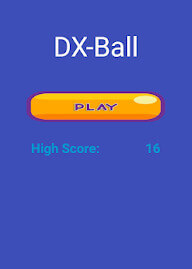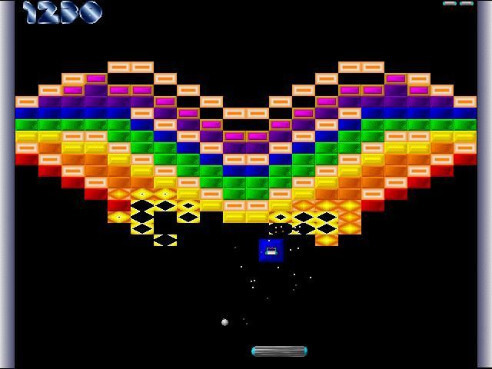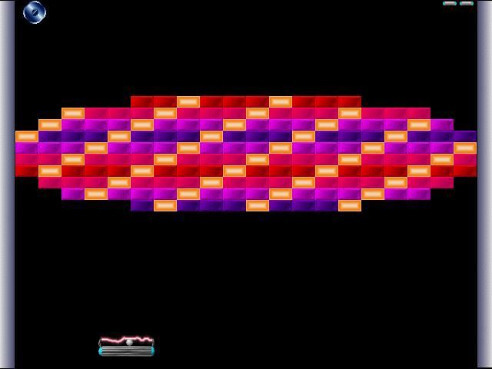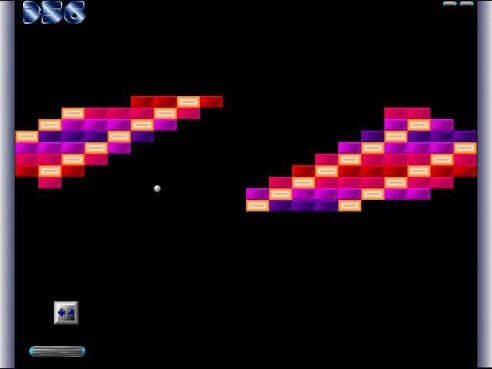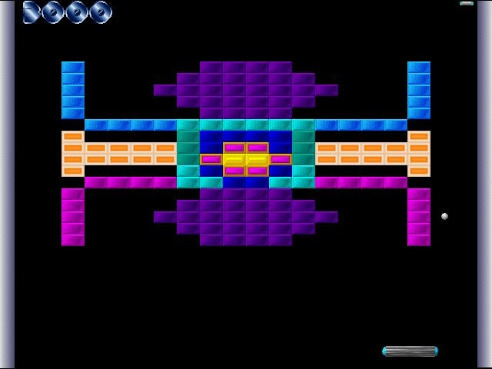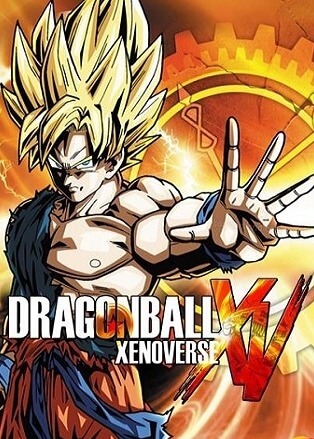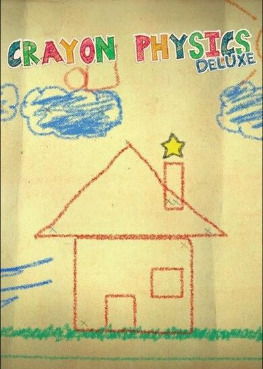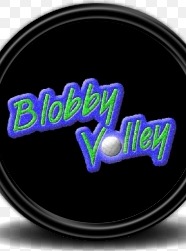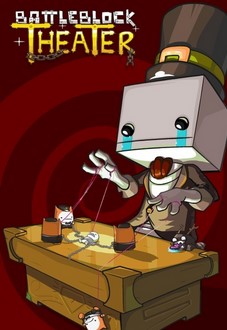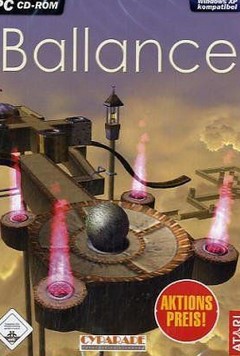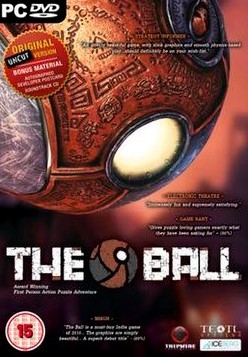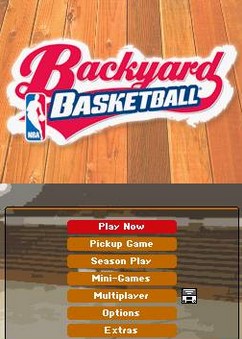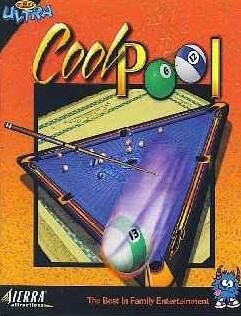DX-Ball (stylized as DX • BΔLL, sometimes also written as DXBALL) is a freeware computer game for the PC first released in 1996 by Michael P. Welch and Seumas McNally. The game, originally based on an earlier series of Amiga games known as MegaBall, is patterned after classic ball-and-paddle arcade games such as Breakout and Arkanoid. A level editor was also made available as well. DX-Ball has been succeeded by three direct follow-ups: DX-Ball 2 (1998), Rival Ball (2001) and Super DX-Ball (2004).
Gameplay
The game is basically a Breakout clone: the player controls a paddle at the bottom and deflects a single ball, hitting different colored blocks on the top of the screen without having the ball fall below the screen. Clearing all the blocks results in completing the level and going to the next. There are 50 levels to complete. Similarly as Arkanoid and MegaBall, there is an inclusion of power-ups other than extra balls. Various power-ups appear when hitting random blocks, floating downwards towards the bottom and can be picked up by touching it with the paddle. If only a single block remains on a level and it continues to be untouched by the bouncing ball for a minute or so, an electricity sound begins to build and eventually the block is blasted away by a lightning.
In certain levels, the layout of unbreakable blocks may allow the ball to become stuck in an infinite loop without touching the paddle. If this occurs, all unbreakable blocks will eventually replaced with the breakable ones after a minute or so of the ball being stuck in a bouncing pattern.
Power-ups
There are three neutral, ten positive and five negative powerups in the game. Neutral powerups can affect the gameplay in both positive and negative ways, depends on the situation, positive ones help in passing the level, while negative ones make the level more difficult. To alert the player, a loud warning sound will be heard if the player picks up a negative power-up.
Most of the power-ups are directly taken from MegaBall with different names. New additions include FireBall, Set-Off Exploding, Shrink Ball, Split Ball, Super Shrink, and Fast Ball.
In addition, there are also two unused negative power-ups called Gravity Ball and Magnetism, found in the game's internal coding and is a leftover from MegaBall. These two power-ups were dropped on the game's final development as it requires a more advanced game engine to render their effects yet their icons still remain in the coding files.
Trivially, the game's function could be temporarily transformed into a shoot 'em up by using a hidden cheat code that enable the Shooting Paddle power-up at the player's control, at the cost of reduced points.
History
MegaBall
DX-Ball draws its main inspiration from the Amiga game MegaBall, programmed by Mackey Software in 1991–1993 for the Amiga. This game, originally a vast improvement upon Taito's Arkanoid, has several features that carried on to DX-Ball, such as similar power-ups, a large playfield (compared to other Breakout clone games), and both shares a same level background textures. In addition, both games also include a level editor. The original author released in 2012 the source code of MegaBall under the Apache license.
DX-Ball development
Michael P. Welch designed DX-Ball in 1996 as PC remake of MegaBall which was only available for the Amiga platform. According to a message of the programmer in the game's leaderboard screen, it was originally dedicated for Michael's wife, so that she can play something in the PC that was similar to her favorite Amiga game MegaBall. In the message, Michael himself even states that his wife enjoys MegaBall more than his own game, Scorched Tanks, which was probably his main motivation to design DX-Ball.citation needed Seumas McNally (1979–2000), whose programmed its sequel, has also contributed the game's 3D graphic design.
DX-Ball expanded technically on the common Breakout-style game formula with smooth 16-bit graphics, highly stylized level designs, a wide array of power-ups, high quality sound effects and unique gameplay elements never seen before in a Breakout clone of its time. One interesting aspect of the game is that it renders on an exceptional 60 fps gameplay with any video cards, giving a vivid look and sophisticated smoothness. The game runs on either Direct X or Direct X 2 for the optimal quality. This feature was later carried on later games.
Mac port
In 2002, the game was later ported in Mac OS by Michael S. Austin, the author of CTSP Games and a friend of Michael Welch. While recycling the original gameplay and graphics, the Mac version introduces several new features, including four new in-game music, 2-player hotseat multiplayer, different title screen display, and an optional board pack expansion (DX-Ball Deluxe) of 150 additional boards (for a total of 200 boards). This version is a shareware, as the board expansion pack is only available in the registered version. The Mac version requires Mac OS version 6.0 or higher. However, it is not compatible on newer Intel-based Macs such as the MacBook or the iMac.
Sequels
DX-Ball has been succeeded by two direct follow-ups: DX-Ball 2 (1998) and Rival Ball (2001). While these were developed by Longbow Digital Arts, Michael Welch also released a separate spin-off in 2004 under BlitWise Productions, known as Super DX-Ball. In addition, Longbow Digital Arts also released another spin-off in the same year, known as Rival Ball Tournament. Unlike DX-Ball, these games are not freeware.
Reception
In an article on shareware named "Home grown" PC Zone #64 June 1998 called DX-Ball a "superb clone". PC Zone #97 Christmas 2000, disappointed with a Hasbro Breakout remake, recommended instead DX-Ball 2 in their review.
